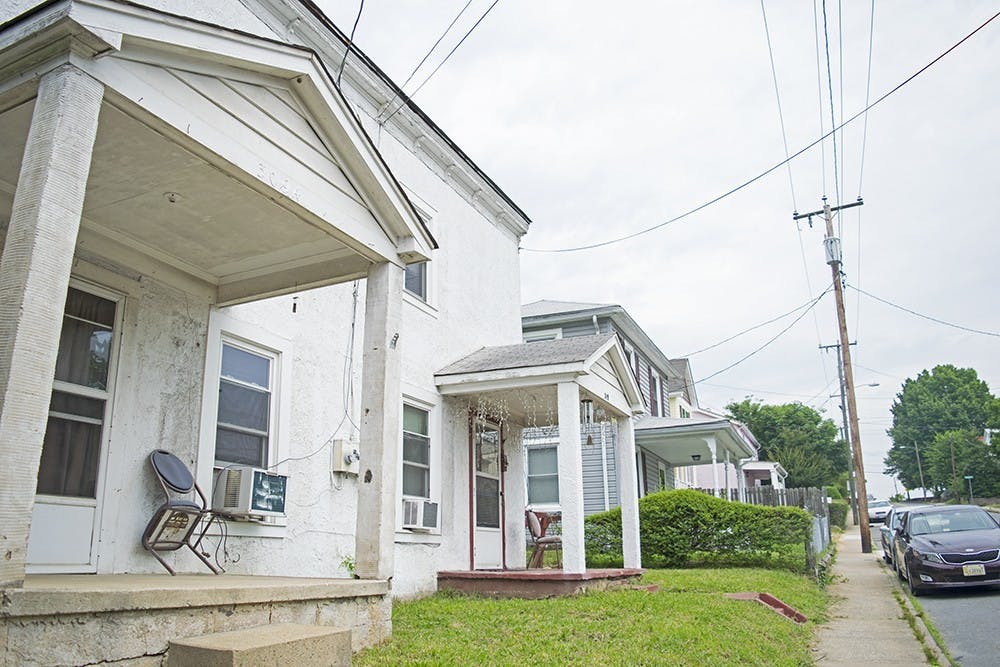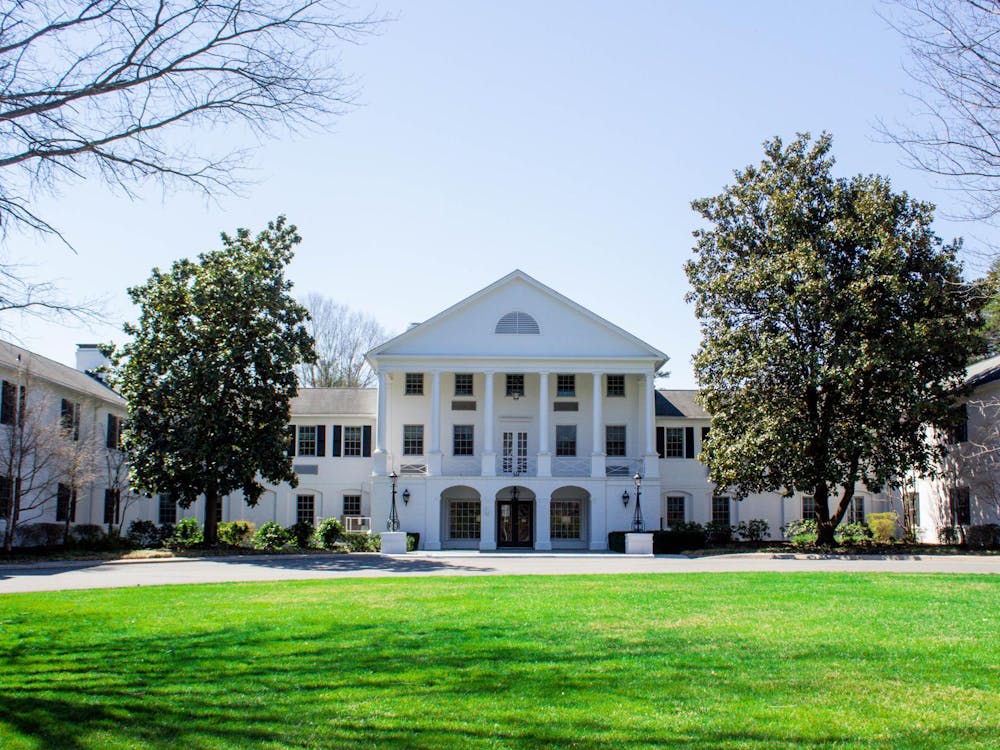Housing prices are skyrocketing across America, and Albemarle County is no exception. Local realtors will say high-priced homes are products of consumers willing to pay more. Unfortunately, the idea that demand from eager buyers is the primary catalyst to market prices is false. Our housing crisis is an issue of supply stemming from a manmade shortage of available land and homes instigated by land regulation.
Land regulation is the true cause of immoderately priced homes. It refers to the restriction of one’s ability to use or develop their land. The problem with over-regulation of land is it puts a fabricated cap on land available for development, which attributes a high overhead price on land.
Albemarle is zoned disproportionately 95 percent rural to 5 percent urban. Most land in the rural area has a two acre minimum, hindering the number of housing units per acre. Albemarle claims the intent of this regulation is “to focus development into the urban areas to create quality living areas, avoid sprawl, improve access to services, and protect the rural areas.” Neither this conservation nor the development of new homes in existing neighborhoods addresses the wider housing shortage.
The dependence on building multi-family units within existing communities to protect rural areas from development has had a disparate impact on marginalized communities. In Albemarle's last decade, homeownership for white Americans increased around 20 percent. This is a stark contrast to Black homeownership, which fell 7 percent in the past decade. Containment of residential growth away from rural areas and into urban hubs is an expensive preference — people pay for preferences.
Carlton Views in Charlottesville is a four-story apartment complex designated by Albemarle as affordable housing. The cost per square foot for a four-story building is double that of a two-story, single-family dwelling. Despite the costliness of multi-story development, Carlton Views actually has reasonable rent ranging from $885 to $1,200, compared to the 2019 national average of $1,097. The only reason Carlton Views is reasonably priced is because it is affordable housing — it is federally subsidized, built for individuals who cannot afford market-rate housing. Land regulation tends to force subsidized housing as a solution to its effects.
Affordable housing makes a difference in the short run. However, even the National Low Income Housing Coalition recognizes its failings — America still has a shortage of 7.2 million affordable housing units. Moreover, localities lack funding for housing units, as only one in four low-income Americans receive assistance. Albemarle’s government admits, “A family with two adults working minimum wage jobs will need to work at least 133 hours per week in order to afford to rent a modest 2-bedroom apartment in our county. That is the equivalent of 3.3 full time jobs.”
Some say affordable housing has solved the problem of individuals being cost-burdened. Looking at statistics, this claim appears valid. In the last decade, those considered cost-burdened in Albemarle — paying over 30 percent of their income towards rent — dropped by approximately 3 percent. However, this decline is a form of money illusion. This is because Albemarle has recently made an effort to push for subsidized housing. Residents of subsidized housing internalize a cost that is less than the real cost due to increased federal funding. True housing affordability has not been achieved through subsidized housing. Federal aid only achieves a faux experience, operating on limited taxpayer dollars and time. Unfortunately, these long-term subsidies are eventually resented by both recipients and taxpayers.
The rent of aid recipients in urban growth boundaries like Albemarle or larger Los Angeles are ever-rising. Taxpayers already provide more than 9.5 billion dollars annually to the efforts of affordable housing. The system demands that as rent increases, subsidies must follow. This is a short-term solution to a terminal cycle which consists of a diluted taxpayer, an ineffective subsidy and a recipient whose federal funding does not alleviate an exponentially high rent.
If we fix Albemarle's land regulation ratio, more land will be available to develop, causing the price to deflate. By solving the shortage of land, eager single-family homebuilders will be incentivized to develop in a market where 2019 profit margins were as high as the bankable profits reaped prior to the Great Recession. The plan is for increasing margins to pop and minimize as new development diminishes homes to a less lucrative selling point, leading to more affordable market norms.
Yes, very low-income Americans will still need a subsidy. That being said, land deregulation’s target is to significantly reduce the 54 percent of workers in Albemarle who earn less than the housing wage of $50,482. The aim is to allow workers to reside closer to their job for less. Revising land regulation to create housing affordability is a reasonable remedy that circumnavigates the realm of fabricated shortages, rising rents and ineffective subsidies.
Rylan Dawson is an Opinion Writer for The Cavalier Daily. He can be reached at opinion@cavalierdaily.com.
The opinions expressed in this column are not necessarily those of The Cavalier Daily. Columns represent the views of the authors alone.







